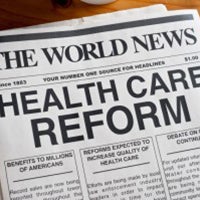Insurers Report on Their Q3 Financial Earnings: Marketplace Profitability, Retail Partnerships, and More

Last month, health insurers reported on their third-quarter (Q3) financial earnings, offering insights on their yearly performance to date and commenting on the market and regulatory challenges they see ahead. CHIR reviewed the quarterly filings and earnings call transcripts for seven publicly traded health insurers, and found that many continue to experience financial stability in the individual market and are closely monitoring major policy changes that could have an impact on their businesses moving forward.


